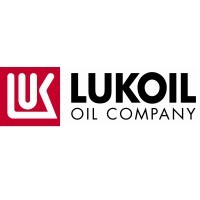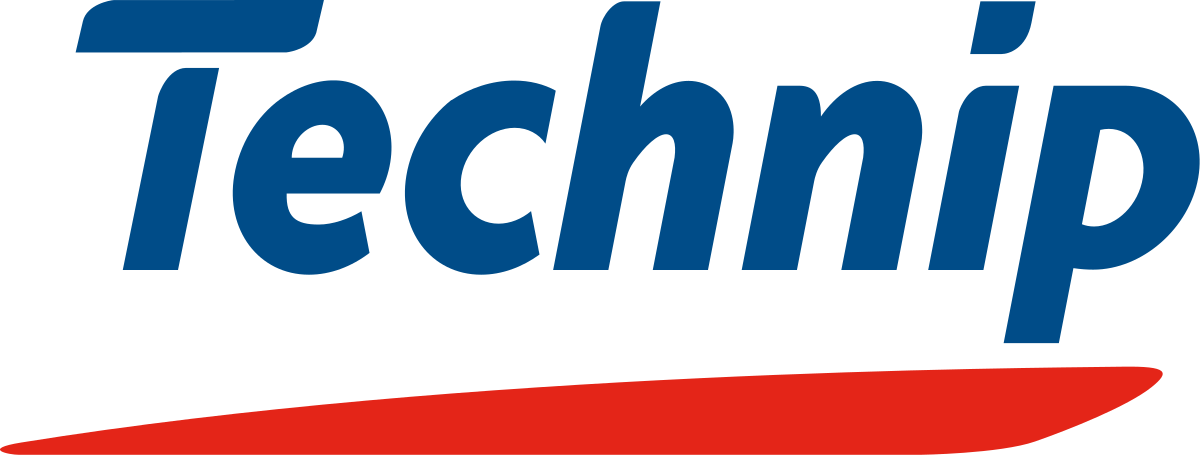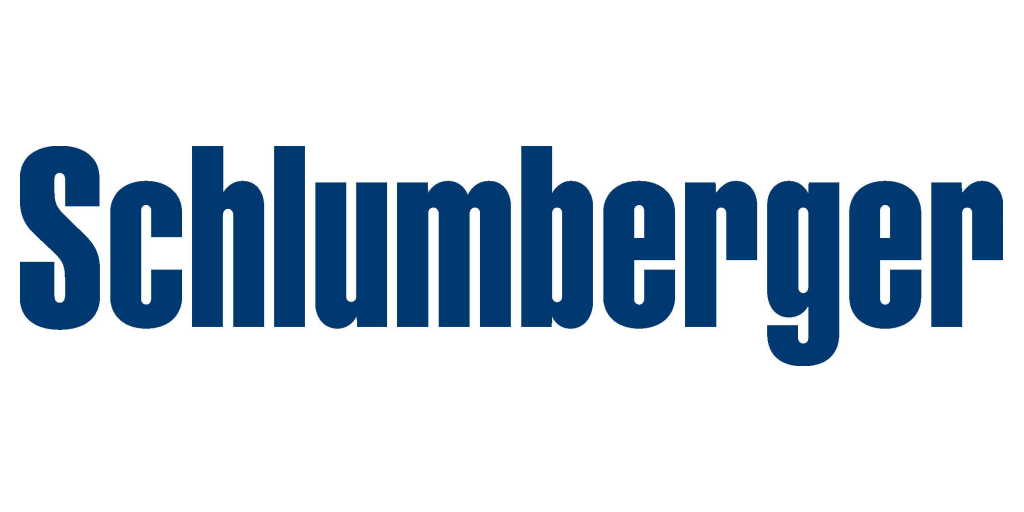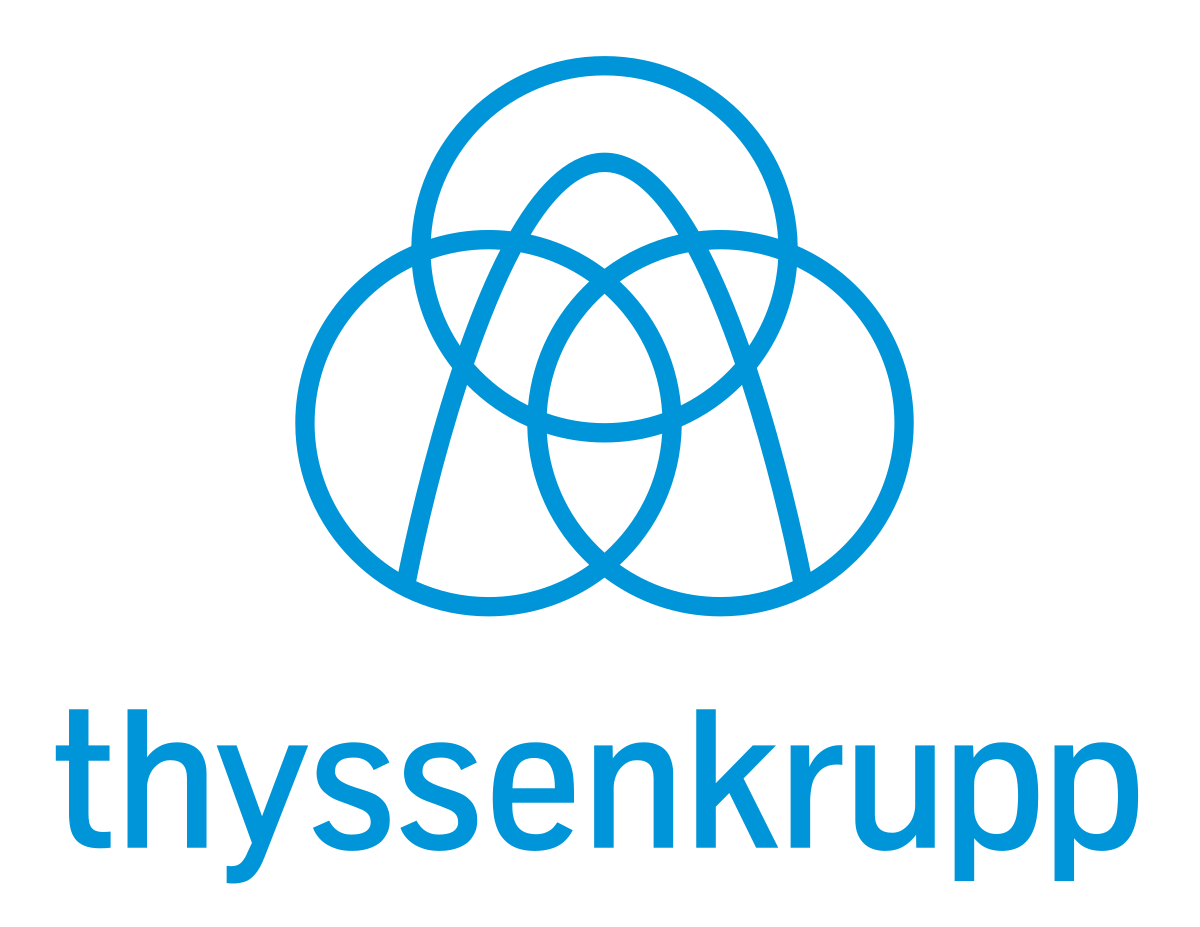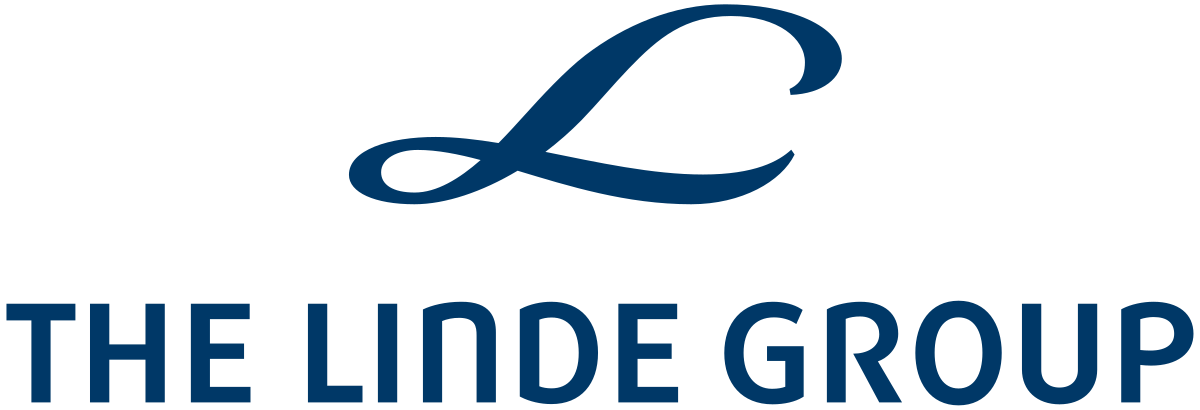Technical regulation of the Eurasian Customs Union (TR CU) 018/2011 is a list of standards to ensure safety of wheeled vehicles which have been harmonized with the UNECE international regulations resulting from the World Agreements adopted in Geneva in 1958 and 1998 and concluded in Vienna in 1997.
The Geneva documents focus on international rules and regulations for wheeled vehicles, including equipment, components and spare parts that may be fitted to them. The Vienna Agreement is aimed at mutual recognition and uniform conditions for periodical technical inspections of wheeled transport.
What does TR CU 018/2011 cover?
The technical regulation covers wheeled vehicles of categories L (<4 wheels), M (>4 wheels – people), N (>4 wheels – goods) and O (trailers, semi-trailers), chassis and other vehicle components affecting their safety.
Technical regulation DOES NOT COVER wheeled transport:
- Up to 25 km/h maximum speed due to design features
- Taking part in sports competitions
- Categories L and M1 (9 seats) over 30 years old
- Categories M2 (9 seats, max. 5 tons) , M3 (9 seats, min. 5 tons) and N over 50 years old not used in the commercial transportation of goods and passengers if they have retained or acquired their original condition after the restoration
- Imports into Russia and EAEU for up to 6 months without the possibility of alienation
- Imported into the territory of the Russian Federation as personal property of refugees and resettled persons
- Heavy goods off-road
Application for the import into the Customs Union is available only for wheeled transport, which has passed conformity assessment with the requirements of the TR CU 018/2011.
EAC Certification of Conformity
The EAC Certificate of Compliance with the requirements of the Technical Regulation of the Customs Union TR CU 018/2011 is a guaranteed possibility of unimpeded entering of wheeled vehicles and their components into Russia and the EAEU member countries. It is compiled as follows:
- Collection and analysis of basic documentation
- Identification and conduct of a series of laboratory tests
- Record of the results
- EAC Certificate creation and registration of conformity in the relevant control authorities
However, any activity with previously used motor vehicles on wheels is not possible on the territory of Russia and EAEU without a universal vehicle type approval OTTS confirming its design safety.
Safety requirements
In order to ensure safety of vehicles within the territory of Russia and Customs Union the key requirements of the technical regulation prohibit the following:
- Usage of previously used components in cars, trucks, etc. (except personal use)
- Installation of the structures, on transport categories M1 and N1, made from steel and other materials with similar safety features horizontally extending beyond the bumper line
- Presence of ozone-depleting substances from the list approved by the EAC Commission.
The following information is required for the quotation from SERCONS:
- Application form for the EAC Certification or Declaration of Conformity
- Description of the vehicle and its components
- Evidentiary basis available to certify compliance of the subject of certification with applicable regulations.
EAC Marking
As soon as the component meets all the requirements of the technical regulation TR CU 018/2011 it is certified and an EAC Marking is shown on the part or its packaging.

